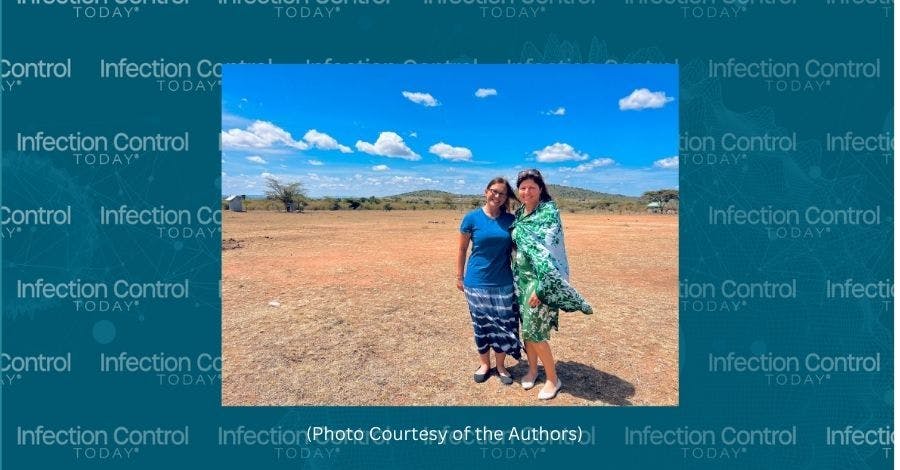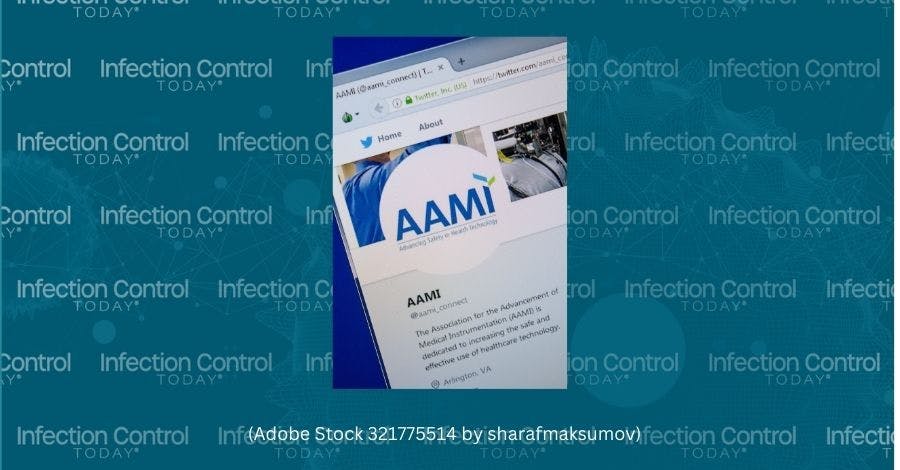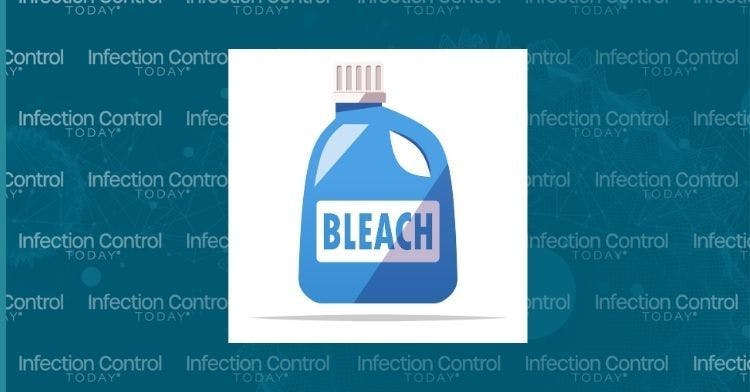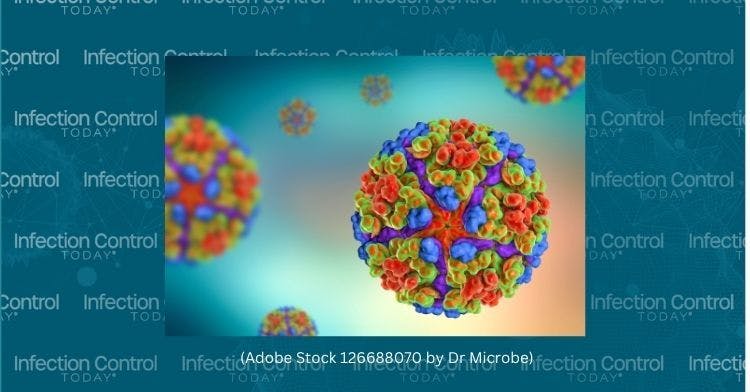Reducing CLABSIs by 47%: The Impact of Trained Nurse Observers in Catheter Insertion Teams
A recent study from Chapel Hill, NC, shows some bloodstream infections are reduced by nearly 50% when trained nurse observers assist catheter insertion teams.
A recent report published in the American Journal of Infection Control (AJIC) suggests that creating a dedicated team of nurses to assist with central line insertions can significantly reduce the risk of patients developing bloodstream infections. The report, authored by infection preventionists at UNC Health, shows that implementing a dedicated team led to a 47% reduction in the proportion of central line-associated bloodstream infections (CLABSIs) occurring within 7 days of line placement among patients included in the program.
To examine the report’s results, Infection Control Today® (ICT®) spoke with Shelley Summerlin-Long, MPH, MSW, BSN, RN, senior quality improvement leader, infection prevention, UNC Medical Center, Chapel Hill, North Carolina. The team was launched in 2019 with 4.5 fulltime employees to cover 24-hour, 7-day-a-week clinical coverage.
The team’s “key finding was during the team's first 3 years [from] 2019 to 2022, we found that CLABSIs that were occurring during those first 6 days after central line insertions decreased by 47% in the areas within that team’s scope,” Summerlin said.
“They play an important role during the insertion process,” Summerlin continued. “They are there to [provide] support. The evidence-based guidelines for CLABSI prevention recommend having a second person, a trained health care provider in the room during central line insertions who is empowered to stop the procedure, if there are any breaches in aseptic technique and who is there to document on the checklist, and in general, support the provider who is inserting the central lines. Our central venous access device (CVAD) Liaison team is there to help set up the room to document on the checklist, again, to observe the aseptic technique, help the provider if there are any issues that come up, and then go get additional supplies if needed. And they're experts in this and able to guide that the provider and especially helpful for our learners, our residents.”

“Ongoing Assault”: How HHS Layoffs Have Eviscerated Infection Prevention Support Across the Nation
April 1st 2025Mass layoffs at HHS and CDC have gutted critical infection prevention programs, leaving frontline professionals overwhelmed, under-resourced, and desperate to safeguard public health.
Together We Rise: Why AORN Expo 2025 Is a Must for Every Perioperative Nurse
March 31st 2025From April 5 to 8, 2025, thousands of perioperative nurses will gather in Boston for the 2025 AORN Global Surgical Conference & Expo—a transformational experience designed to elevate nursing practice, build lifelong connections, and advance surgical care.
Vet IP Roundtable 2: Infection Control and Biosecurity Challenges in Veterinary Care
March 31st 2025Veterinary IPs highlight critical gaps in cleaning protocols, training, and biosecurity, stressing the urgent need for standardized, animal-specific infection prevention practices across diverse care settings.

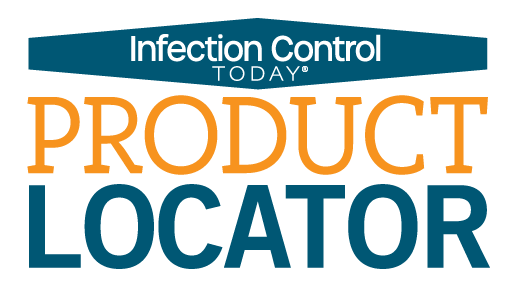

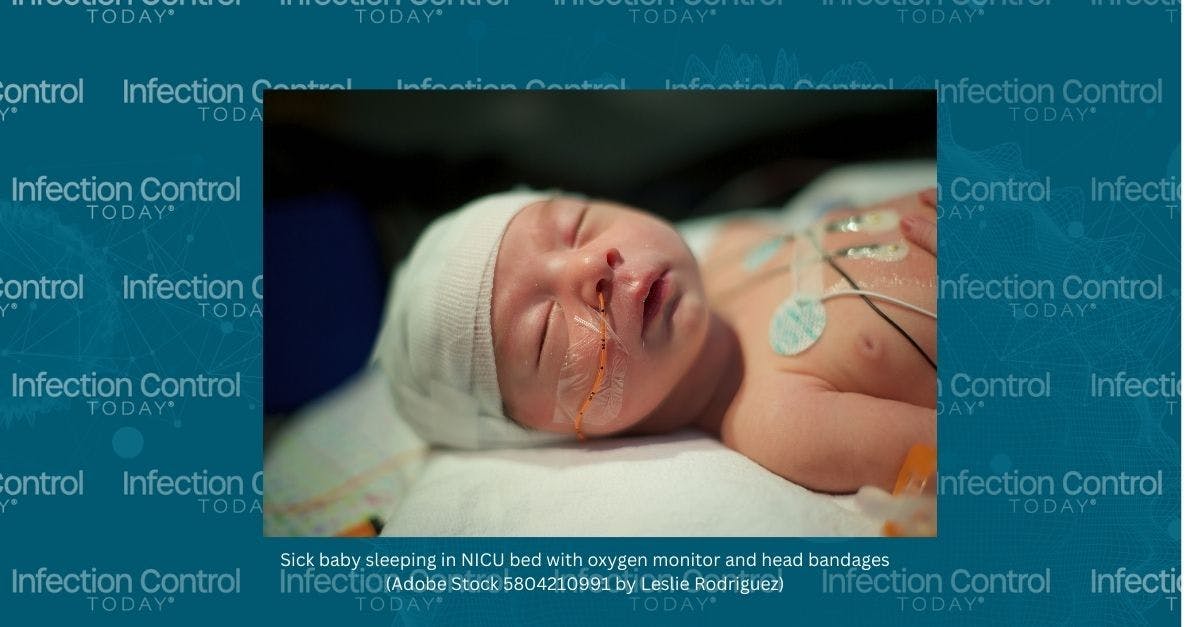

![Close-up of white transparent drops of liquid. (Adobe Stock 621961156 by Denis [AI-generated]) Close-up of white transparent drops of liquid. (Adobe Stock 621961156 by Denis [AI-generated])](/_next/image?url=https%3A%2F%2Fcdn.sanity.io%2Fimages%2F0vv8moc6%2Finfenctioncontrol%2F9f844b7995ccf196f33f0c99c2d77ee714424bb6-750x392.jpg%3Ffit%3Dcrop%26auto%3Dformat&w=3840&q=75)

